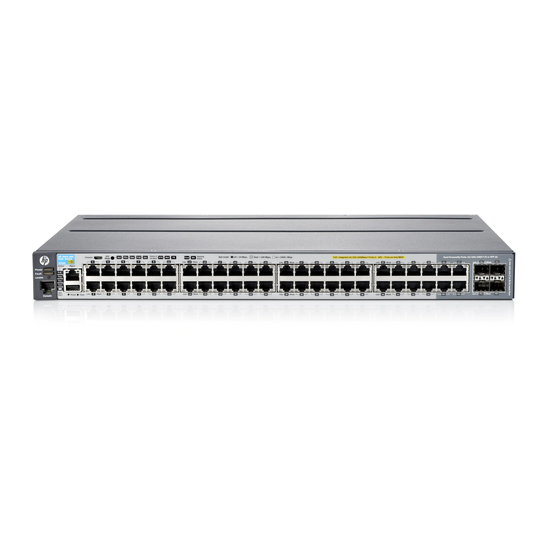
HP 2920 Series Multicast And Routing Manual
For wb.15.16
Hide thumbs
Also See for 2920 Series:
- Quick setup manual (4 pages) ,
- Installation and getting started manual (110 pages)
Table of Contents
Advertisement
HP Switch Software
Multicast and Routing Guide for WB.15.16
Abstract
This switch software guide is intended for network administrators and support personnel, and applies to the switch models
listed on this page unless otherwise noted. This guide does not provide information about upgrading or replacing switch
hardware. The information in this guide is subject to change without notice.
Applicable Products
HP Switch 2920-series:
J9726A
J9727A
J9728A
J9729A
HP Part Number: 5998-6867
Published: October 2014
Edition: 1
Advertisement
Table of Contents













Need help?
Do you have a question about the 2920 Series and is the answer not in the manual?
Questions and answers